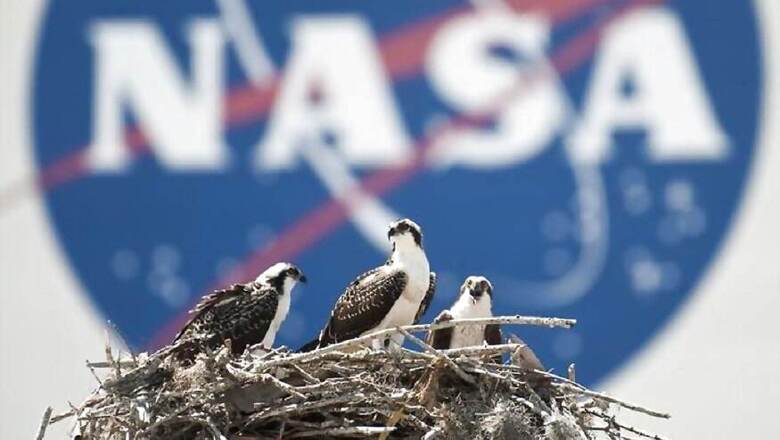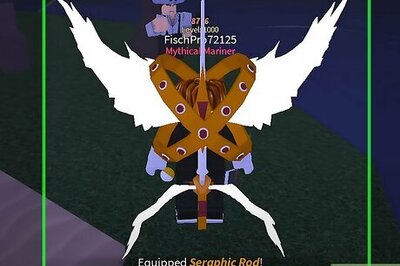
views
The next flyby target of NASA's New Horizons' mission, which is a peanut-shaped object a billion miles past Pluto, might have company in the form of a small moon, astronomers say. The latest theory on the object named 2014 MU69 comes as New Horizons team continues to analyse telescope data on the target of a New Year's Day 2019 flyby, NASA said. "We really won't know what MU69 looks like until we fly past it, or even gain a full understanding of it until after the encounter," said New Horizons science team member Marc Buie, of the Southwest Research Institute in the US. "But even from afar, the more we examine it, the more interesting and amazing this little world becomes," said Buie.
The data that led to these hints at MU69's nature were gathered over six weeks in June and July when the team made three attempts to place telescopes in the narrow shadow of MU69 as it passed in front of a star, NASA said. The most valuable recon came on July 17, when five telescopes deployed in Argentina were in the right place at the right time to catch this fleeting shadow - an event known as an occultation - and capture important data on MU69's size, shape and orbit. That data raised the possibility that MU69 might be two like-sized objects, or what is known as a binary.
The prospect that MU69 might have a moon arose from data collected during a different occultation on July 10, by NASA's airborne Stratospheric Observatory for Infrared Astronomy (SOFIA). Focused on MU69's expected location while flying over the Pacific Ocean, SOFIA detected what appeared to be a very short drop-out in the star's light. Buie said further analysis of that data, including syncing it with MU69 orbit calculations provided by the European Space Agency's Gaia mission, opens the possibility that the "blip" SOFIA detected could be another object around MU69. "A binary with a smaller moon might also help explain the shifts we see in the position of MU69 during these various occultations. "It's all very suggestive, but another step in our work to get a clear picture of MU69 before New Horizons flies by, just over a year from now," Buie added. That flyby will be the most distant in the history of space exploration.
Ancient Kuiper Belt object MU69, just discovered in 2014, is more than 6.5 billion kilometres from Earth, NASA researchers said. Kuiper Belt is a circumstellar disc in the outer solar system, extending from the orbit of Neptune to about 50 AU from the Sun. It appears to be no more than 30 kilometres long, or, if a binary, each about 15-20 kilometers in diameter. Like other objects in the Kuiper Belt, MU69 offers a close-up look at the remnants of the ancient planet-building process, small worlds that hold critical clues to the formation of the outer solar system.
Watch: Tech and Auto Show Awards 2017
















Comments
0 comment